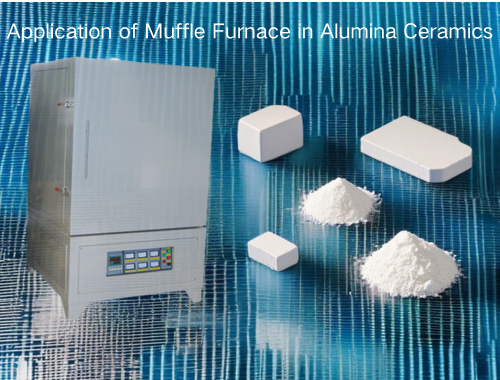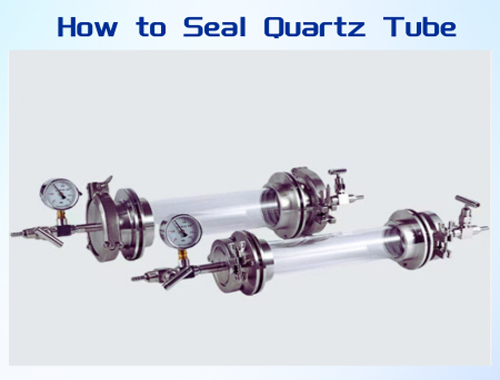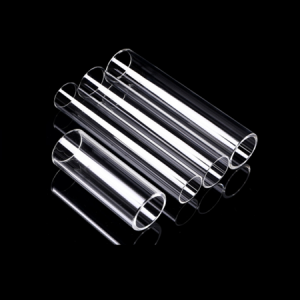When working with quartz tubes, a common challenge is effectively sealing them to ensure optimal performance in various applications.
High temperature quartz tubes are renowned for their thermal stability, chemical resistance, and optical clarity, making them essential
in many scientific and industrial processes. This blog post will provide a detailed, professional guide on how to seal quartz tubes,
addressing essential techniques and materials.
Understanding Vacuum Quartz Tubes
Before delving into the sealing methods, it is crucial to understand the properties of quartz tubes. Made primarily from high-purity silica,
these tubes can withstand high temperatures and harsh chemicals, making them ideal for applications in semiconductor manufacturing,
laboratory environments, and even food processing.
Why Seal Quartz Tubes?
Sealing quartz tubes is vital for several reasons:
1.Prevent Contamination: An airtight seal prevents contaminants from entering the tube, ensuring sample integrity.
2.Maintain Pressure: Sealing is necessary when working with pressurized systems to prevent leaks that could compromise safety and functionality.
3.Protect Sensitive Materials: In many chemical processes, protecting the contents of a quartz tube from exposure to external conditions is critical for
achieving desired reactions.
Techniques for Sealing Quartz Tubes
There are various methods for sealing quartz tubes, each suitable for different applications and requirements, we mainly talk about how to seal
quartz tube for vacuum tube furnaces.:Using Gaskets , O-Rings and vacuum flange.
Steps to Seal with Gaskets/O-Rings and Vacuum Flange:
- Choose the Right Material: Select a gasket or O-ring that is compatible with the chemicals involved in your application.
- Installation: Place the gasket or O-ring at the connection point between two quartz components, ensuring a tight fit.
- Secure: Use clamps or screws to hold the components together firmly, ensuring an airtight seal.

Testing the Seal
After sealing the quartz tube, it’s essential to test the integrity of the seal. You can do this using the following methods:
- Pressure Test: Apply a small amount of pressure to check for leaks.
- Visual Inspection: Look for any cracks or defects in the seal.
- Vacuum Test: Create a vacuum in the sealed tube and monitor for any changes over time.
In Fengshi, We will always test the sealing twice before shipment.
Conclusion
Sealing quartz tubes is a critical process in many applications, and choosing the right method is essential for achieving the desired outcomes.
Understanding how to effectively seal quartz tubes will enhance the efficiency and safety of your projects. With the right techniques and careful
attention to detail, you can ensure a reliable, airtight seal for your quartz tubes, optimizing their performance in diverse applications.
By following this professional guide on how to seal quartz tubes, you can confidently tackle sealing challenges and maintain the integrity of your systems.








